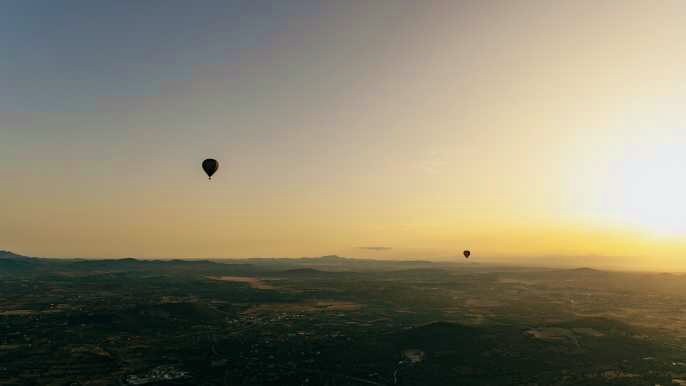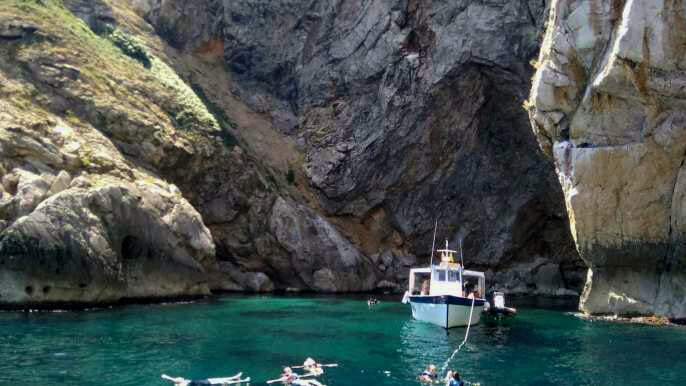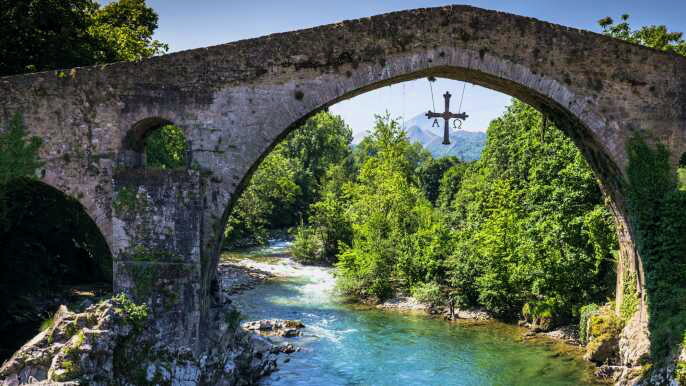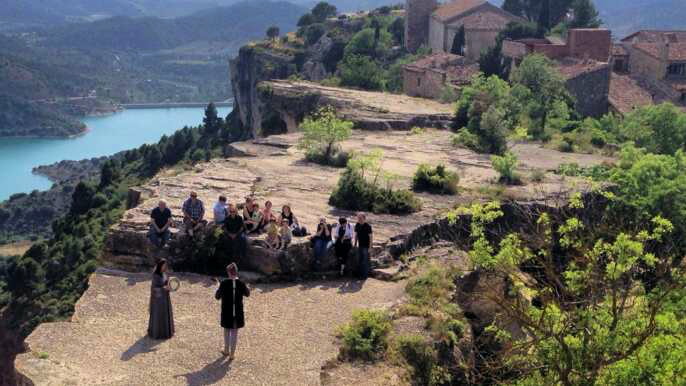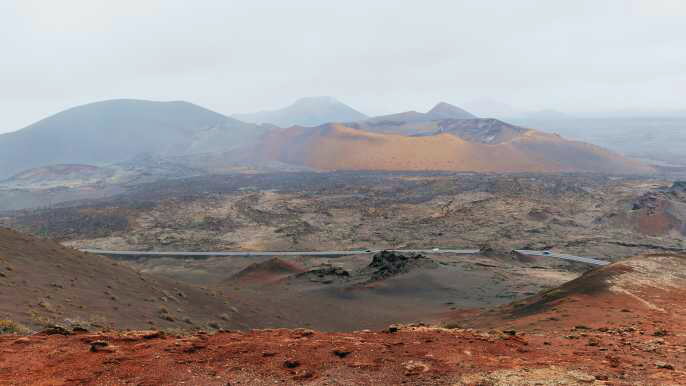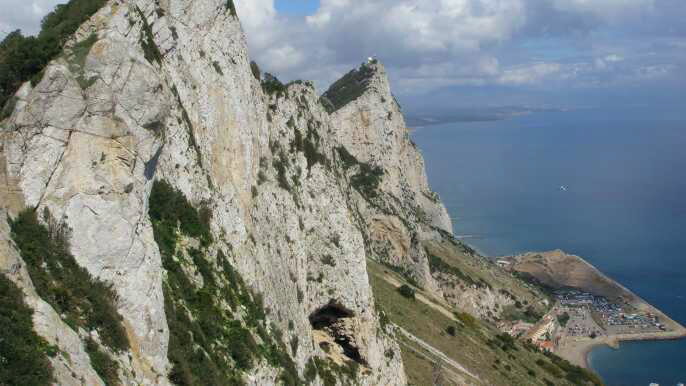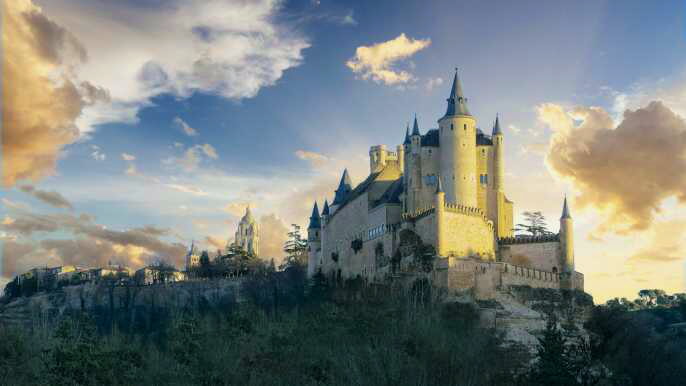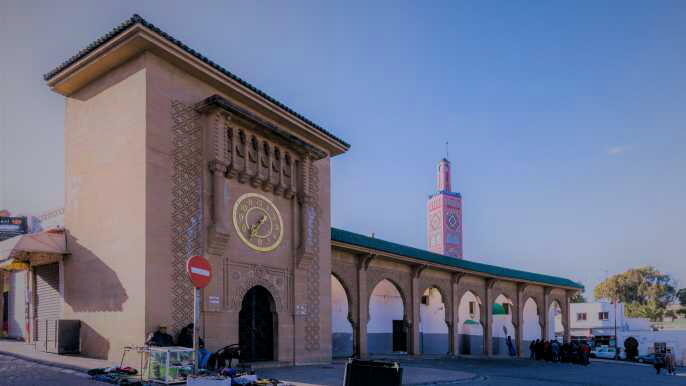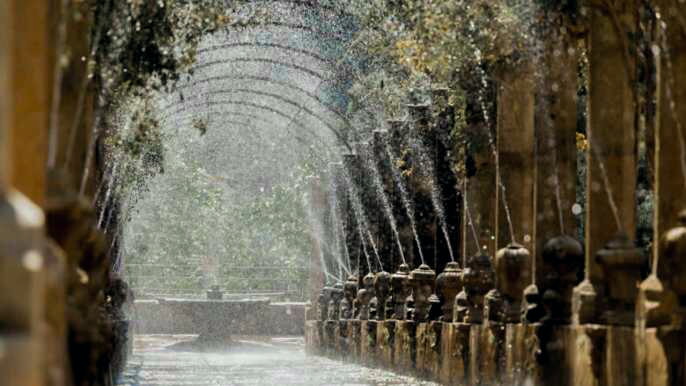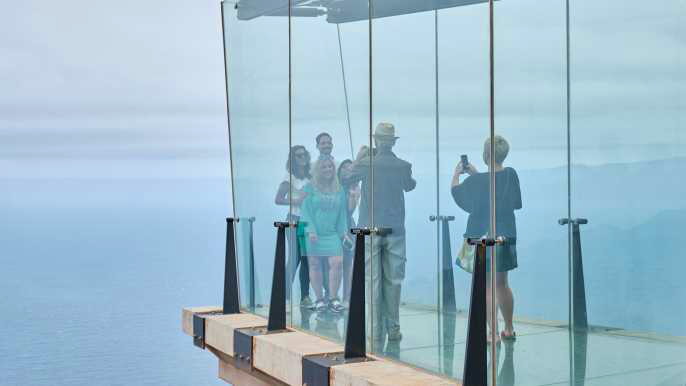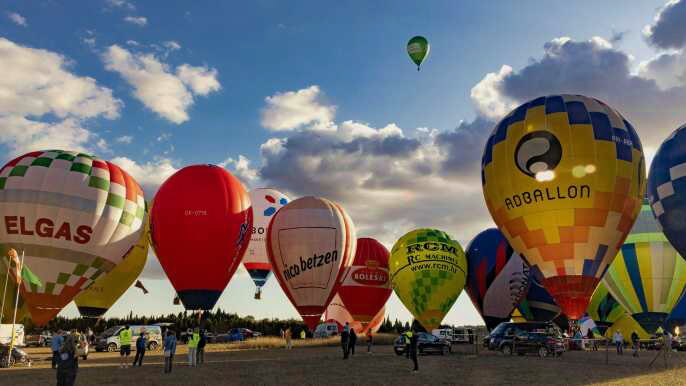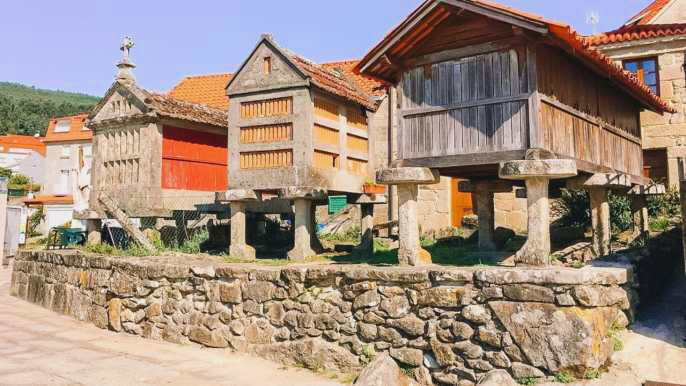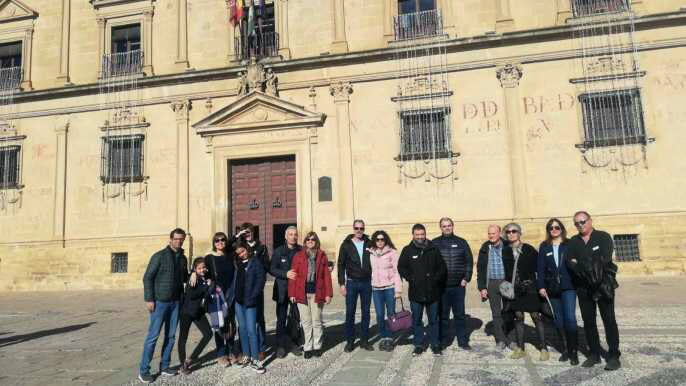Wedged between Madrid and Barcelona, Zaragoza is home to a beautiful legacy of art. From Roman ruins to a museum dedicated to the painter Francisco de Goya, there's plenty of reasons to visit this Spanish city.
Across from the historic center sits the Baroque Nuestra Seora del Pilar basilica, a famous pilgrimage site with a shrine to the Virgin Mary and multiple domes. Other Mudejar-style landmarks, combining Islamic and Gothic architecture, include the Aljaferia Palace and Cathedral of the Savior.
1. Basilica del Pilar
The Basilica del Pilar is one of the most imposing buildings in Zaragoza and a must-see attraction for every visitor. It is the largest Spanish Baroque religious temple and attracts both tourists as pilgrims as well as locals.
The church was designed by Ventura Rodriguez and built between 1725 and 1872. It has eleven cupolas and four towers, which add to its imposing stature.
This beautiful church is a centre of Marian devotion and has been visited by many kings of Spain, saints and foreign rulers. Inside, a Roman-style pillar is topped with a statue of the Virgin Mary and child.
The church also has a museum that houses a collection of paintings, sculptures and other artifacts. It also has a tower that offers panoramic views of Zaragoza.

2. Aljaferia Palace
Originally built in the 11th century, the Aljaferia Palace is one of the most important examples of Spanish Islamic architecture. It is known for its interlacing arches, making it one of the most famous buildings of this era.
It is located in Zaragoza, Spain’s fifth-largest city and is the perfect halfway stop between Madrid and Barcelona. It is an excellent place to learn more about the history of Islam in Spain.
The Aljaferia Palace is a palace-fortress from Muslim times that was commissioned by Abu Jafar al-Muqtadir (from the Hudid Dynasty) in the second half of the 11th century and it is considered to be one of the finest examples of taifa art. The construction of this palace reflects the magnificence that was reached by the Taifas kingdom during its maximum political and cultural heyday.

3. Plaza Cesar Augusto
The Plaza Cesar Augusto is a square in the center of Zaragoza that contains a lot of interesting features. Among them is the Basilica del Pilar, which was built in the 18th century and is one of the main attractions in the city.
You can visit this Baroque cathedral and then go up to the rooftop to enjoy incredible views of the city. The interior is decorated with impressive altarpieces and sculptures.
You can also visit a statue of Caesar Augustus and the remains of an ancient Roman wall that protected the city. This wall measures three kilometres and was originally guarded by more than 100 towers.

4. Church of San Pablo
One of the most impressive sites in the city is the Church of San Pablo. It is a Mudejar construction built between the 13th and 14th centuries and later modified several times, but it remains intact.
Located in the historical center, the church of San Pablo is between San Blas and San Pablo streets in the traditional neighborhood known as “El Gancho”. Not far from here are Pilar Square and the Roman Walls.
This Mudejar building consists of a rectangular nave, two aisles and a transept, with a bell tower at the top. Despite its deteriorated state, the church retains some Gothic features such as its pitched roof and rose window.
5. Museums
The city of Zaragoza is home to a number of museums. Many of them are free to visit, and they offer a wide range of interesting exhibits.
A popular one is the EMOZ, which is a museum dedicated to origami and its history. It has high quality exhibits and is known by origami fans all over the world.
Another great museum is the Museo de las Termas Publicas, which features remains of Roman baths and multimedia exhibits related to their history. It is a bit less than expected, but it is worth a visit.
Another place to check out is the Alma Mater Museum, which showcases the evolution of religion throughout Zaragoza’s history. It is housed in a former episcopal palace, which once hosted saints and popes. The building itself is an impressive sight, with portraits of famous artists like Goya adorning its walls.
